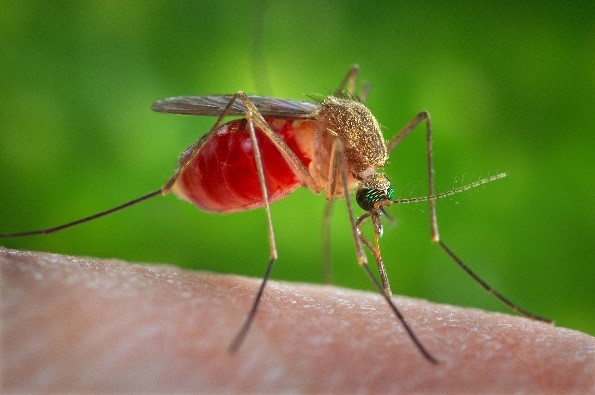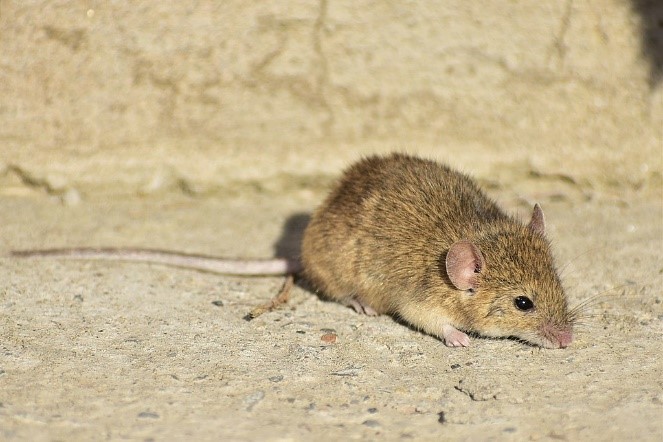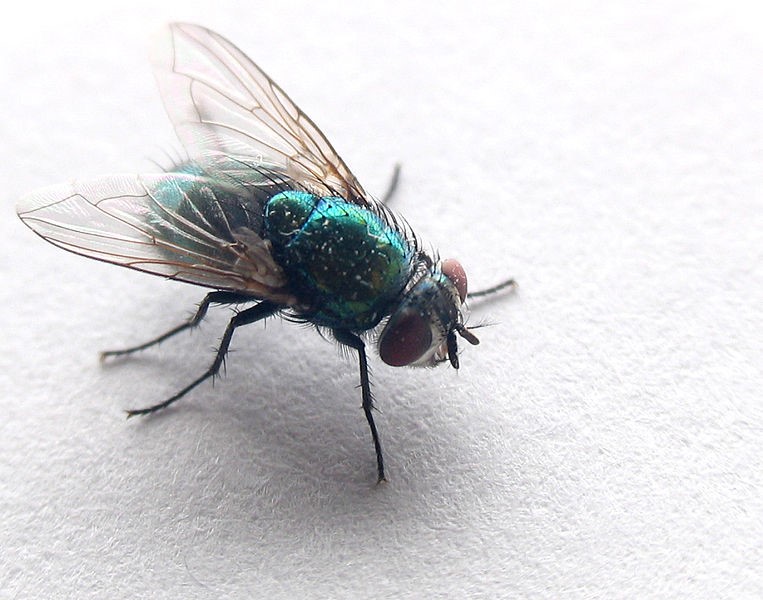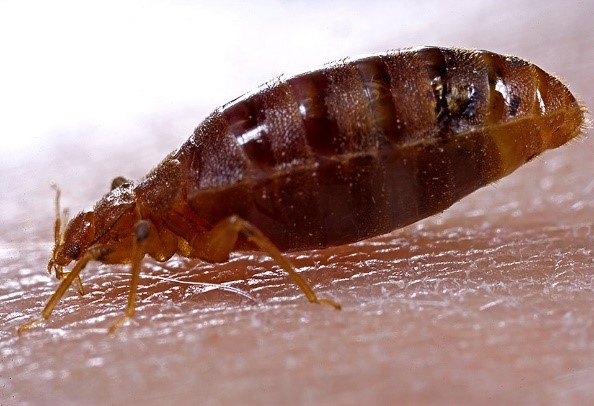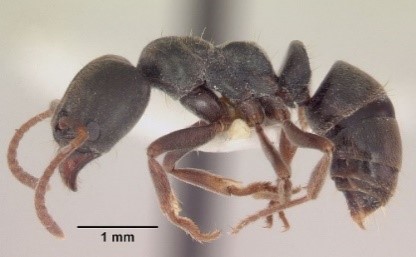Health Care Industry

These facilities are at risk for many pests because of many pest hot spots are commonly found in these facilities (especially hospitals), incoming supply shipments from many different distributors, movement of large numbers of people (residents, out-patients, employees, and visitors), people often bring pests with them on their belongings, movement of many items (food, gifts and other supplies) within the facilities aids pest dispersal, people often leave debris that provides food and breeding grounds for pests, kitchen and food storage areas provide sources of living (such as food, moisture, warmth, and harborages), the landscaped garden and fountains can harbor pests, and outside lighting can attract pests from outside.
Several common pests found in health care facilities carry bacteria inside or on the surface of their bodies. These bacteria are known to cause infections among hospital patients if these pests come in direct contact with the patient’s skin or wounds, or indirectly by contaminating their food or medical supplies, or even equipment. Prevention of any type of infection or contamination is the responsivity of the administration of each health care facility and the pest control company who are implementing the management strategy.
Failure to control pests by pest control operators in health care facilities can lead to serious consequences and concerns. Legal consequences because failure to control pests leads to fines, closure of the premises, fines, and prosecutions. Pests can spread disease, putting patients at risk. The discovery of a single pest in the hospitality facilities can prevent customers from entering or e-entering these facilities (reputation or poor publicity concern). Therefore, cleanliness is imperative for patient acquisition and retention.
ETS provides a pest-free environment in any key segments of the medical facilities, and our intensive IPM plan focuses on the specific pest-favorable areas with more eco-friendly pest control treatments (i.e., non-chemical or least hazardous methods). ETS also ensures that no pests are present in any sterile area, equipment, or supplies. ETS hospital IPM program aims to protect the health and welfare of the patients, who are sensitive to both pests and pesticides.

Pests Attracted to Health Care Facilities:
Click on each pest to learn about its general description, life cycle, common characteristics, damages, and economic or medical implications.

